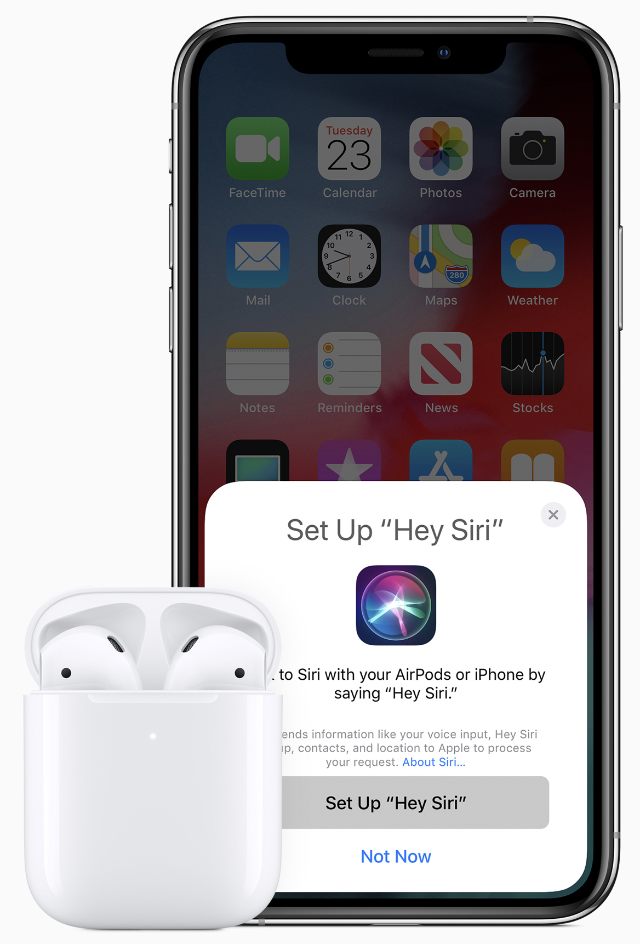According to a new report published by Allied Market Research (www.alliedmarketresearch.com), the global patient centric healthcare app market was valued at $10,235.0 million in 2016, and is projected to reach $113,728.0 million by 2023, growing at a compound annual growth rate (CAGR) of 40.9% from 2017 to 2023.
The phone based app segment accounted for about half of the global market share in 2016. Patient centric is an approach by which a healthcare system can establish a partnership among practitioners, patients, and their families to align decisions about patient’s health, needs, and preferences toward medicine and treatment. The patient centric healthcare apps are smartphone, web-based, and wearable applications that aid users by updating them about medication times, dehydration level in the body, calories consumed and heart beats per minute among other body parameters.
At present, mobile penetration is more than 100% in developed markets and is expected to increase in developing markets such as Asia-Pacific, Latin America, and Africa. In addition, increase in exposure to smartphones along with 3G and 4G networks further increase the use of mobile platforms in most of the sectors, especially in the healthcare systems.
According to Allied Market Research, some of the other factors responsible for substantial market growth include low cost and convenience of medical devices, technological innovations, integration of wireless technologies, and affordability of smartphones, government initiatives, and increase in lifestyle diseases. Factors such as lower adoption due to lower accuracy, nascent technology in underdeveloped economies, limited reimbursement coverage, lack of technological awareness among the aging population and uncertainty in government regulations restrict the market growth to a certain extent.
The wearable patient centric app segment is growing at the fastest pace during the forecast period. This is attributed to the increase in wearable devices penetration and users in various geographical regions for wellness management. Moreover, large number of patient centric medical apps are developed for wearable devices each year contributing to the high market growth.
Allied Market Research says that,in the operating system segment, iOS generated the highest revenue in 2016 accounting for about half of the total share of the market, and are anticipated to continue this trend throughout the forecast period. This is due the increase in the iPhone and iPad users especially in countries such as the U.S., the UK, Canada, and others developed economies.
Moreover, android operating system segment is expected to witness the highest CAGR of 44.2% during the forecast period, owing to the increase in the android devices users and cost effectiveness compared to iOS and windows devices and will majorly drive the growth in developing and underdeveloped economies.




